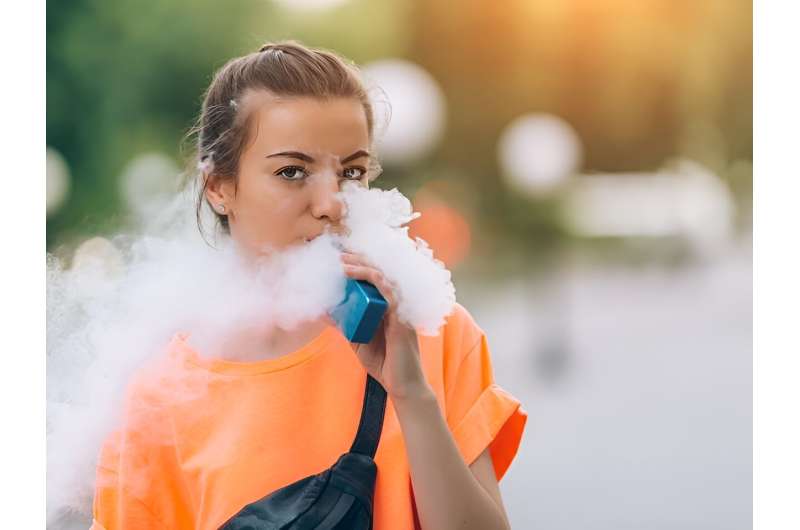
Most adolescent electronic cigarette users do not use cessation resources in their attempts to quit, according to a study published online Oct. 2 in Pediatrics.
Hongying Daisy Dai, Ph.D., from the University of Nebraska Medical Center in Omaha, and colleagues examined the prevalence and associations of sociodemographic factors, vaping behaviors, and harm perception with the adoption of different vaping cessation methods among current e-cigarette users who made one or more quit attempt in the past 12 months from the 2021 National Youth Tobacco Survey (NYTS).
There were 1,436 current vapers in the 2021 NYTS, and 67.9% had made a past-year quit attempt. The researchers found that 63.7% of these reported not using any resources (unassisted quitting). The top four cessation methods were peer support, help on the internet, a mobile app or text messaging, and parent support (14.2, 6.4, 5.9, and 5.8%, respectively).
The likelihood of soliciting parent support was lower for female than male vapers (adjusted odds ratio, 0.2); compared with Whites, Hispanic vapers were more likely to seek friend support and parent support (adjusted odds ratios, 2.1 and 2.7, respectively). Individuals who perceived vaping to be harmful were more likely to use a mobile app or text messaging program and less likely to get friend support. Compared with sole users, dual users of e-cigarettes and other tobacco products were more likely to get help from a teacher/coach or a doctor/health care provider and treatment from medical facilities.
“Sex differences, cultural and sexual minority background, and vaping experience were the most influential factors in adolescents’ preference for vaping cessation methods,” the authors write.
More information:
Hongying Daisy Dai et al, Adoption of Vaping Cessation Methods by US Adolescent E-Cigarette Users, Pediatrics (2023). DOI: 10.1542/peds.2023-062948
Journal information:
Pediatrics
Source: Read Full Article


